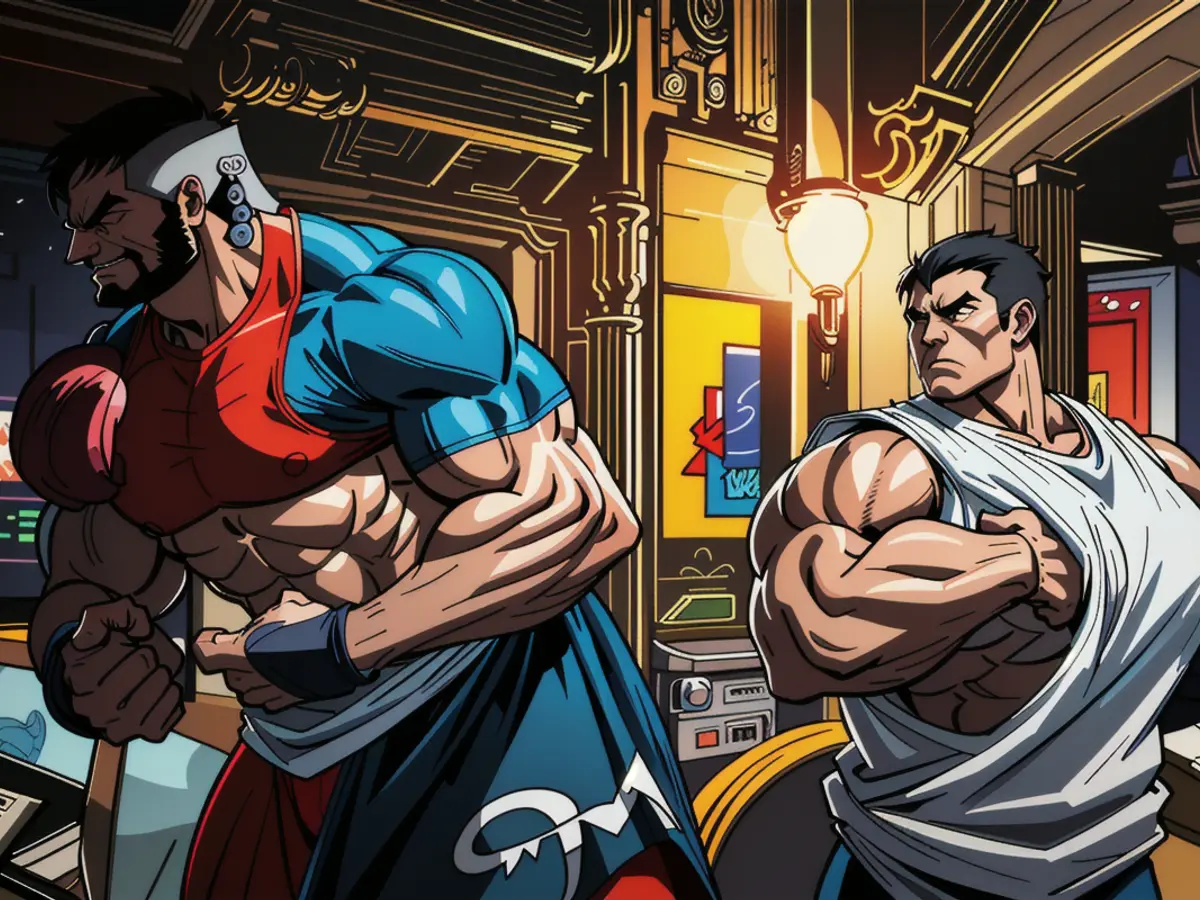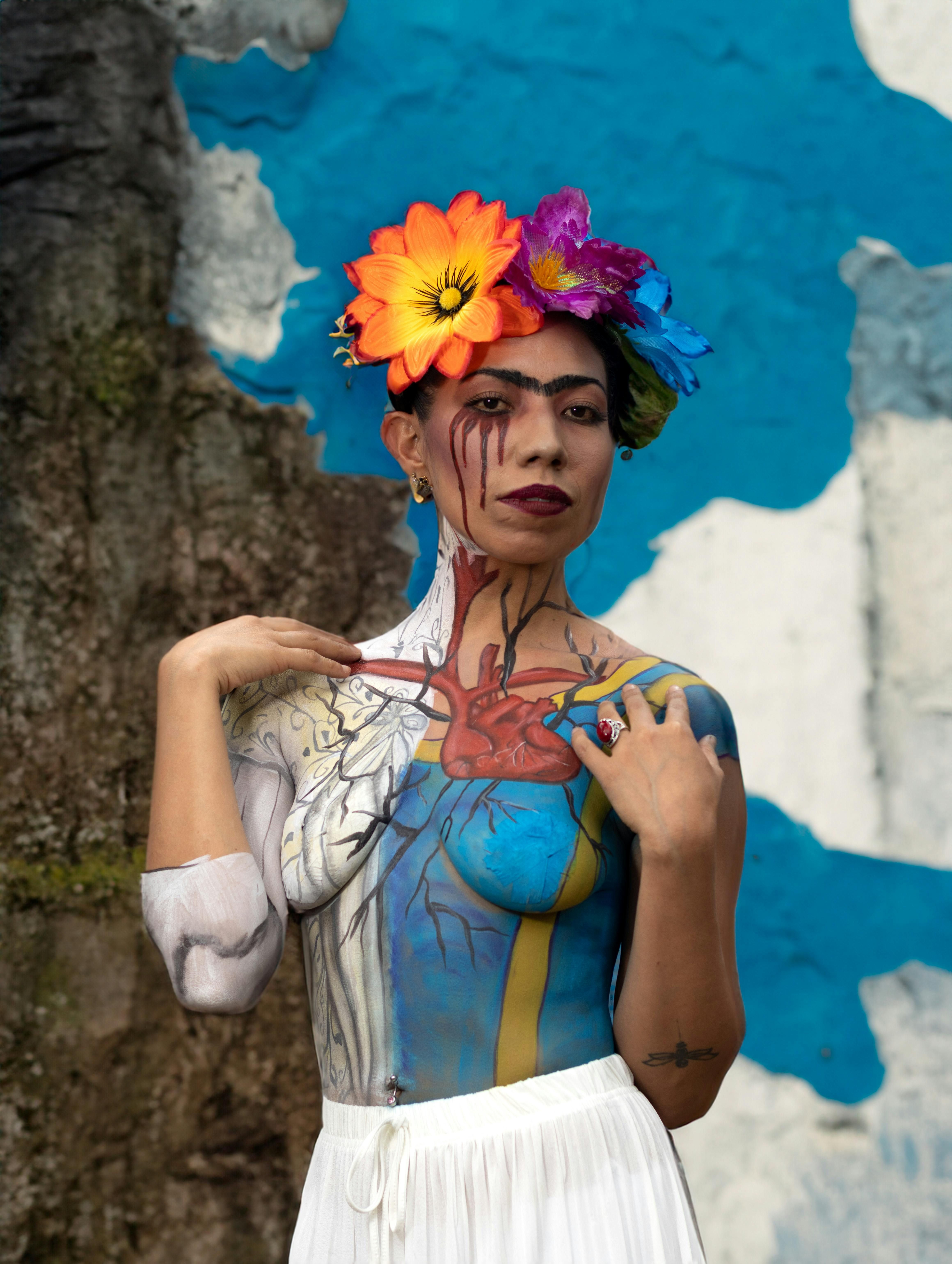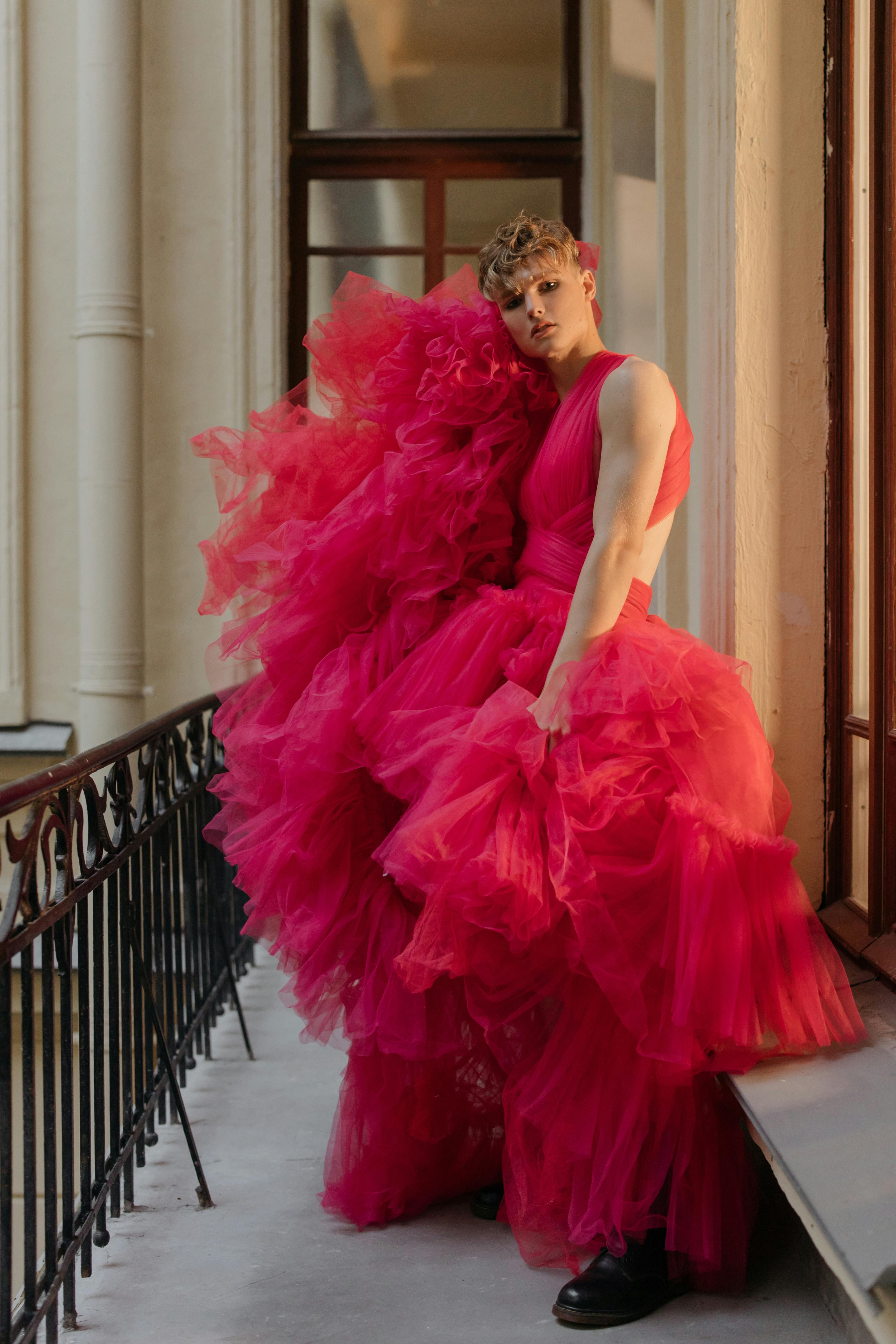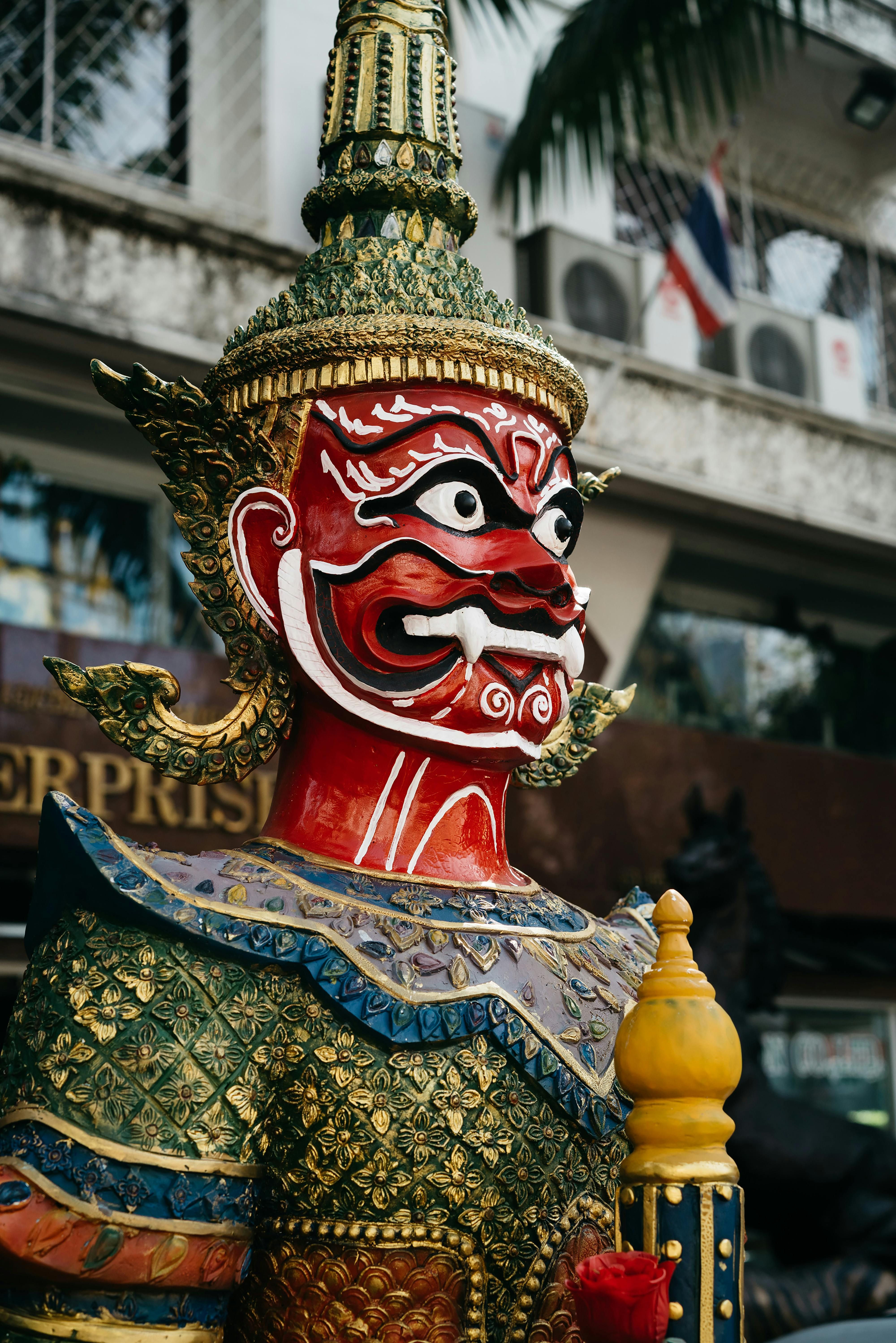Rebellious Lagos museum upends conventionally 'Eurocentric' narrative
Punching Up the Past: Yoruba History and Culture Reimagined in Lagos' Hottest Museum
Nestled in the heart of Lagos Island, Onikan neighborhood is the pulsating epicenter of the city's cultural soul. J.K. Randle Road divides this vibrant area like a lifeline, with the tarnished gray walls of the Nigerian National Museum, a relic from the British colonial era, towering on one side. But on the opposite side, an eye-catching structure arises, challenging the conventional museum model. The John Randle Centre for Yoruba History and Culture, a kaleidoscope of red and gold lattices, opened its doors last October and has been delighting visitors with its immersive life-size display of Yoruba folklore and folklore.
Seun Oduwole, the lead architect of this revolutionary project, describes the museum as a "fantasy land" that breaks away from the Eurocentric approach of the National Museum. "It objectifies the culture," Oduwole says, "instead of celebrating it."
SI.SA, a Lagos-based architectural firm, was commissioned to design the Centre on a site that once hosted a colonial-era swimming pool built by Sierra-Leone born local physician John Randle.

Will Rea, a British academic specializing in African art and Yoruba history, was born in Nigeria and was the driving force behind the Centre's academic narrative and curation. Rea aimed to showcase Nigeria's ability to produce museums of the highest quality, while also presenting a challenge to the skewed depiction of the continent in Western museums.
"Africa tends to be portrayed as dark and brown," Rea explained, "and there's a lack of color. If you go to the British Museum, you'll see that Africa is in the basement." He asserted that the Centre would present a lively, colorful, and sound-filled experience - unlike the hushed atmosphere typically found in Western museums.
With no collection to start with, the team embarked on a nationwide and international hunt for Yoruba artifacts, with loans and partnerships secured to bring significant objects to the Centre. The Lander Stool, an iconic Yoruba wood carving that symbolizes the ongoing restitution debate, is one such object that now graces the Centre.

The museum is a dynamic, ever-evolving exhibition featuring interactive experiences. Visitors are invited to step into the roles of Egúngún masquerades, wooden-mask-wearing figures embodying the spirits of ancestors, enjoy tales told by the legendary Jimi Solanke on a radiogram, and even transform into various Yoruba deities, the Orisha. The team sought to celebrate the vibrant regions of modern-day Yoruba culture, with Afrobeat legend Fela Kuti's music being a reflection of Oríkì, a form of praise poetry that incorporates drums and dance.
The Centre, with its Yoruba language text dominating as the primary language, is designed to be "unapologetically Yoruba." From the architecture inspired by Ifá, a divination system native to the Yoruba people, to the flooring modeled after sand floors found in rural Yoruba villages, every detail speaks to the culture it seeks to preserve.
The Centre has become a beacon for the worldwide Yoruba diaspora, a place where they can watch their culture celebrated and connect with their heritage. As Will Rea put it, "It's a place where they can say, 'This is my culture, and I understand it.'" This revolutionary museum is more than just a structure; it's a declaration that African and Yoruba culture is dynamic, relevant, and inviting, painting a captivating picture for those eager to embrace the richness it offers.

Behind Scenes:
Ground-breaking collaboration - The Centre brought together an innovative team including SI.SA, Ralph Appelbaum Associates, and Will Rea to create an immersive, interactive museum experience and reimagine the standard presentation of African culture.
Artifact acquisition - Partnerships with institutions like the British Museum and local collectors have enabled the Centre to secure a collection of Yoruba artifacts, showcasing the importance and spirit of Nigeria's heritage.

Interactive features - Jimi Solanke, a beloved voice for young Nigerians, recorded children's stories for the Centre, which play out under a tree. Visitors can also experience augmented reality, digital projections, and immersive experiences to truly engage with Yoruba art and culture.
Local landmarks - The Centre's design incorporates elements of local history, such as the restored swimming pool and a public square that follow traditional Yoruba principles, adding depth and authenticity to the museum experience.
Cultural repatriation - The Centre is participating in discussions around cultural repatriation and the return of stolen artifacts by hosting significant objects on long-term loan, exemplifying the importance of preserving and respecting cultural heritage.
- The John Randle Centre for Yoruba History and Culture, a vibrant structure opposite the Nigerian National Museum, showcases an architectural style inspired by the Ifa divination system native to the Yoruba people, displaying African principles in its design.
- Seun Oduwole, the lead architect of the Centre, describes the museum as a "fantasy land" that breaks away from the Eurocentric approach, asserting that it objectifies the culture instead of celebrating it, much like the Yoruba explorer John Randle who once occupied the Centre's site.
- The Centre's design also pays homage to the original swimming pool built by Dr. John Randle, integrating it as a local landmark, while incorporating augmented reality, digital projections, and interactive experiences to bring Yoruba art and culture to life, as a testament to the continent's ability to produce museums of the highest quality.




